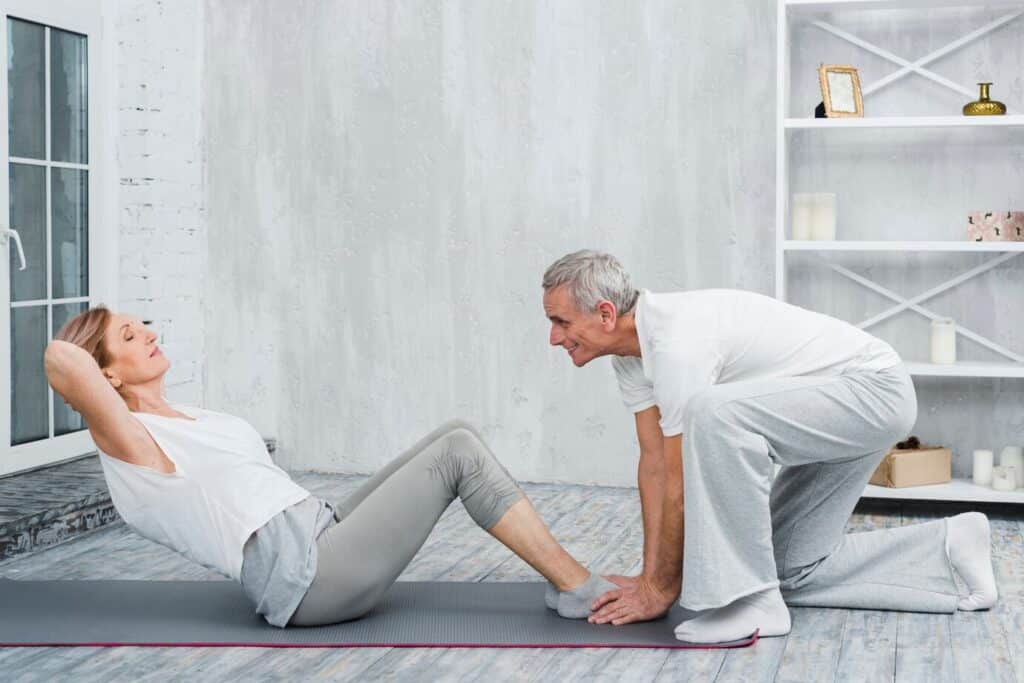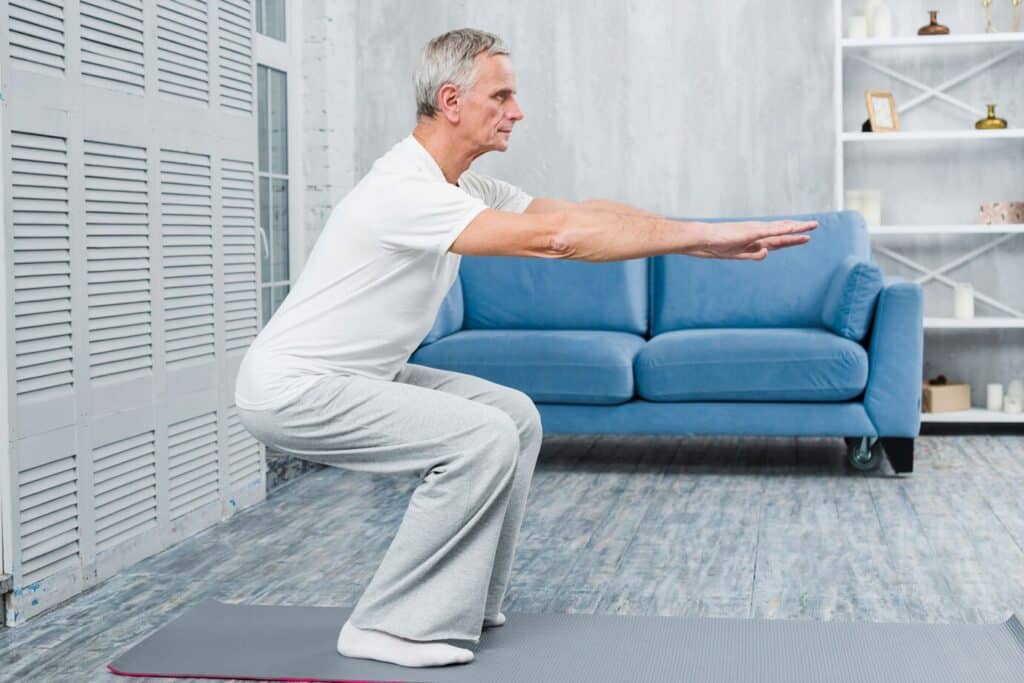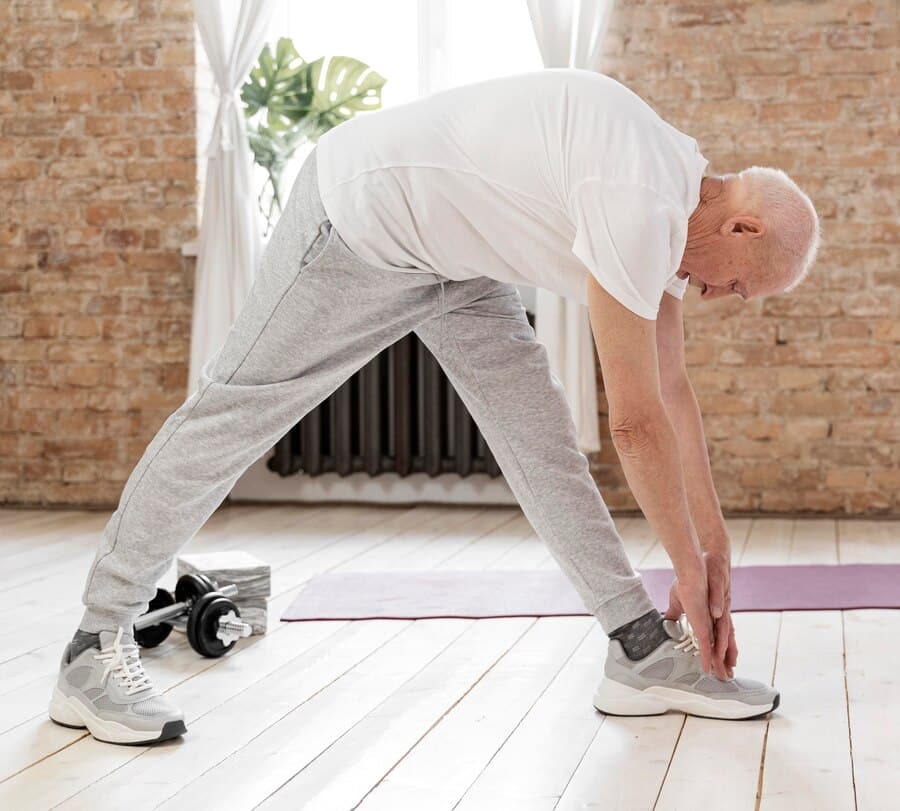Core Exercises for Seniors With Joint Pain
If you’re seeking gentle yet effective ways to stay active, core exercises for seniors can provide the foundation you need. Designed with comfort and mobility in mind, these workouts strengthen abdominal and back muscles and improve posture, balance, and overall stability. For seniors managing joint discomfort, engaging in low-impact routines can make all the difference in preserving independence and confidence.
At Westmont of Morgan Hill, we understand the importance of adapting exercises to meet your needs. Whether you’re easing into fitness or aiming to maintain your current health, tailored options like seated core exercises for seniors and standing core exercises for seniors can help support your lifestyle goals with minimal strain. Let’s explore how these exercises can fit into your daily life and enhance your well-being.
Benefits of Core Strength for Seniors
Strengthening your core plays a critical role in healthy aging. By focusing on core exercises for seniors, you enhance your ability to perform daily tasks—from getting out of bed to reaching high shelves—without discomfort or risk. Strong core muscles support spinal alignment, improving posture and balance, essential for reducing falls.
Incorporating routines such as a 10-minute core workout for seniors can boost energy, encourage physical activity, and contribute to emotional well-being. You’ll feel more self-reliant and able to engage with your surroundings and community. Tailored routines are particularly beneficial for individuals experiencing joint pain. For example, personalized care plans can offer a structured path forward, ensuring safe and practical exercises.
Understanding Joint Pain and Its Impact
Many seniors experience joint pain caused by conditions such as osteoarthritis or inflammation. These limitations can discourage movement, yet inactivity often worsens stiffness. Gentle core exercises designed to minimize impact on joints can help manage pain and enhance functionality.
It’s essential to recognize the emotional toll chronic pain can take, leading to frustration, isolation, or decreased independence. Tailoring movement through seated core exercises for seniors can foster greater comfort and empowerment. Explore personalized healthcare plans for a holistic approach to managing pain while staying active.
What Level of Care Do You Need?
Discover the level of care you or your family member requires.
Safety Principles for Low-Impact Exercises
Understanding the basics of joint protection is key before starting any new fitness routine. Whether you’re performing standing core exercises for seniors or choosing more supported movements, safety always comes first. Always warm up, cool down, and adjust movements to match your comfort level.
Balance training can further reduce the risk of falls and improve coordination, especially when working on your core strength. Joint-friendly practices help ensure long-term success.
Prioritize Joint Health
Aging doesn’t have to mean giving up movement. With thoughtful planning, you can continue to strengthen your body. Consider these key strategies:
- Warm-Up and Cool-Down – Begin with light movements to increase circulation and end with gentle stretches to relieve tension.
- Body Awareness – Pay attention to discomfort. Modify or pause as needed.
- Assistive Tools – Resistance bands and chairs can support your movements during free core exercises for seniors. Custom wellness strategies like these help optimize results.
Modify for Comfort
One of the most significant benefits of seated core exercises for seniors is that they’re easily adjustable. Whether using a cushion, wall, or chair, comfort can be prioritized without sacrificing benefits. Don’t shy away from substituting exercises that feel too strenuous. Effective movement is about quality, not quantity.
Resources like balance and stability tips provide valuable insights into staying safe and active. Remember, your routine should work for you, not vice versa.
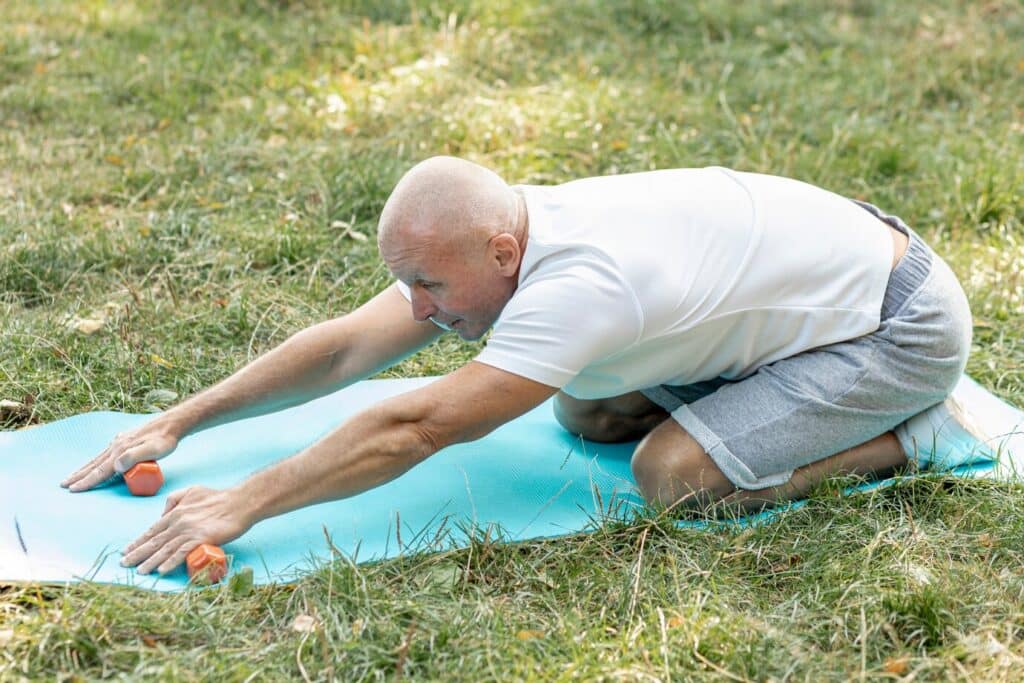
Practical Core Exercises for Seniors With Joint Pain
Maintaining a strong core doesn’t require high-intensity workouts. A focused routine of core exercises for seniors can offer excellent results with minimal impact. Here are a few senior-friendly options:
- Pelvic Tilts – Support lower back and abdominal strength with slow, controlled movement.
- Knee-to-Chest Stretches – Gently improve hip mobility and lower spine flexibility.
- Modified Planks – Engage core muscles without placing stress on knees or wrists.
These movements form a great 10-minute core workout for seniors, promoting stability, mobility, and strength. For added comfort, use chairs or yoga mats.
Importance of Warm-Up and Cool-Down Routines
Incorporating warm-up and cool-down phases is essential in any fitness plan. These practices prepare the body for exercise and assist in recovery:
| Warm-Up Techniques | Cool Down Benefits |
| Light marching in place increases circulation. | Reduces post-exercise soreness. |
| Shoulder rolls loosen tension. | Helps the body return to a resting state. |
| Gentle abdominal engagement preps the core. | Supports joint flexibility. |
Starting and ending your 10-minute core workout for seniors with these techniques creates a safer, more enjoyable experience.
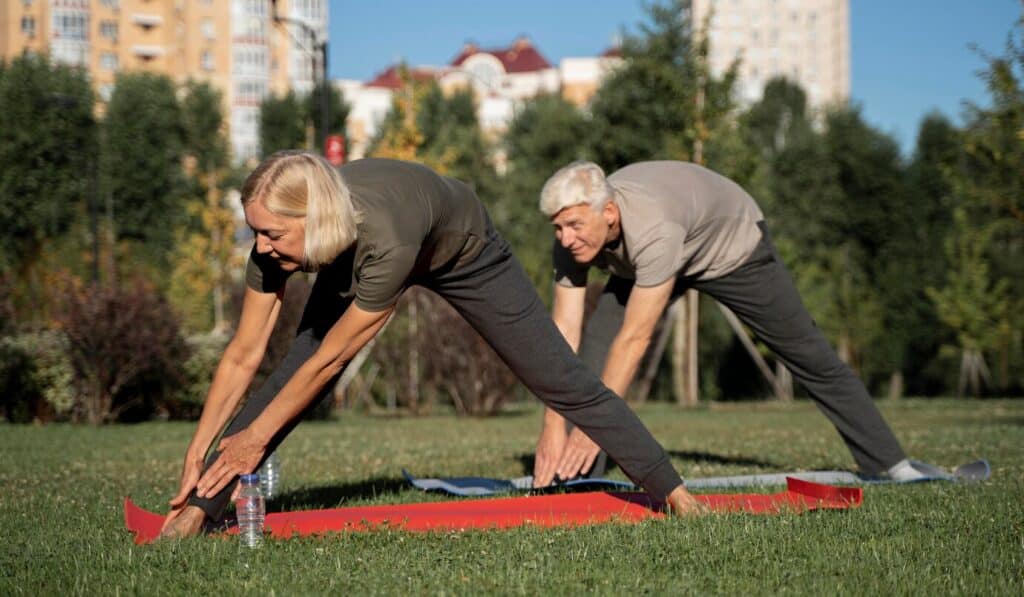
Creating a Personalized Exercise Plan
Personalization is key. Everyone’s abilities and comfort levels vary, which is why flexible planning is so important.
- Frequency – Begin with 2–3 days a week and build from there.
- Variety – To accommodate energy levels and joint conditions, mix standing core exercises with seated core exercises for seniors.
- Adaptability – Use tracking tools or journals to monitor what works best.
Many online resources offer free core exercises for seniors, such as SilverSneakers and NIA’s workout videos. These are great starting points to build your routine.
Embrace Free and Accessible Fitness Resources
Not everyone can access personal trainers or gyms, but that doesn’t mean you can’t benefit from professional guidance. There are countless free core exercises for seniors available online. Websites like Go4Life and community senior centers often provide step-by-step guides and videos.
These routines are usually adjustable and often include options for both standing and seated core exercises for seniors. Whether new to fitness or returning after a break, these tools empower you to move safely.
A Stronger Core, A Fuller Life
Building core strength later in life is not just about fitness but freedom. With each stretch and controlled movement, you invest in mobility, independence, and a more fulfilling lifestyle. Through consistent, mindful practice, core exercises for seniors can make everyday activities easier and more enjoyable.
At Westmont of Morgan Hill, we recognize that no two individuals are alike. That’s why our approach emphasizes personalization, community, and holistic care. If you’re ready to explore how our team can support your wellness journey, reach out today.
Contact us at 408-779-8490 or schedule a tour to see how we help our residents stay active, connected, and confident.
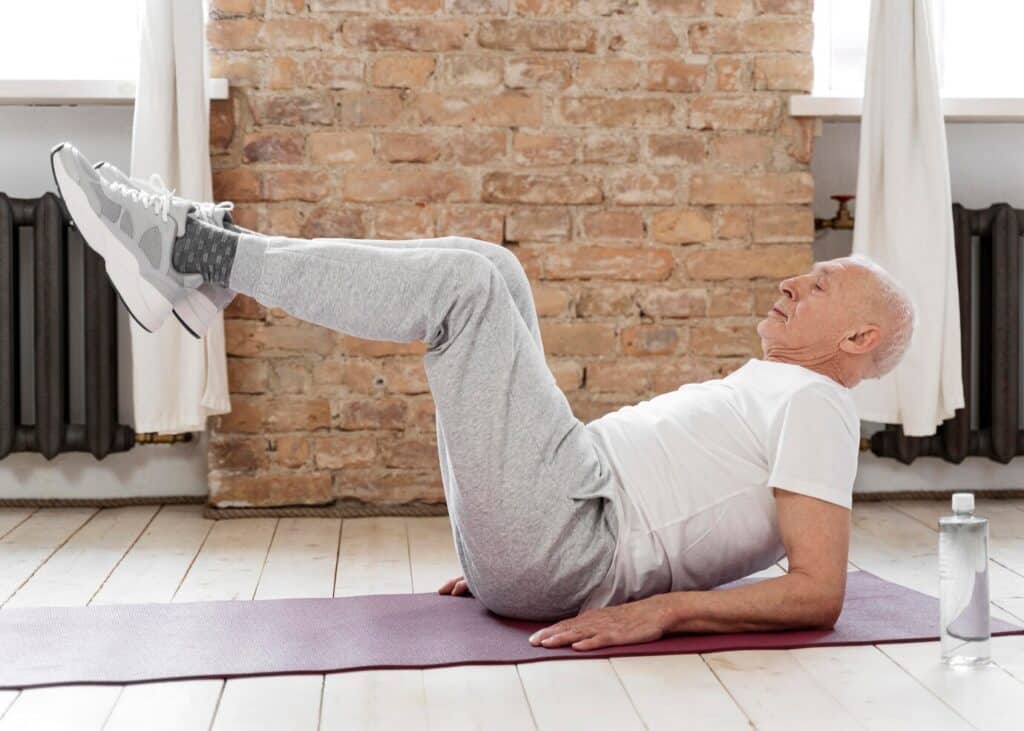
Frequently Asked Questions
What is the best core exercise for seniors?
The best core exercise for seniors is the seated knee lift. This low-impact movement targets the abdominal muscles while being gentle on joints. It can be performed from a sturdy chair, making it ideal for those with balance concerns. Regularly practicing this exercise can help improve stability, posture, and core strength without straining the body.
How can seniors flatten their stomachs?
Seniors can work toward a flatter stomach by combining core-strengthening exercises with a healthy diet. Gentle routines like seated marches, pelvic tilts, and breathing-focused movements engage the abdominal muscles. Pairing this with proper hydration and fiber-rich meals helps reduce bloating and support digestion. Consistency and patience are key to seeing gradual, sustainable results.
What are the top 3 exercises for the core?
The top three core exercises for seniors include seated knee lifts, standing side bends, and pelvic tilts. These moves effectively target the abdominal and oblique muscles without requiring floor work. They help improve posture, stability, and core endurance, which are essential for everyday activities. Always perform these exercises with slow, controlled movements to maximize results and minimize injury risk.
How do you strengthen your core with limited mobility?
Seniors with limited mobility can strengthen their core through chair-based exercises like seated twists, gentle forward bends, and deep belly breathing. These activities activate core muscles without the need to stand or lie on the floor. Using resistance bands or light weights can further enhance the benefits. Prioritizing comfort and consulting a healthcare provider before beginning a new routine is essential.



